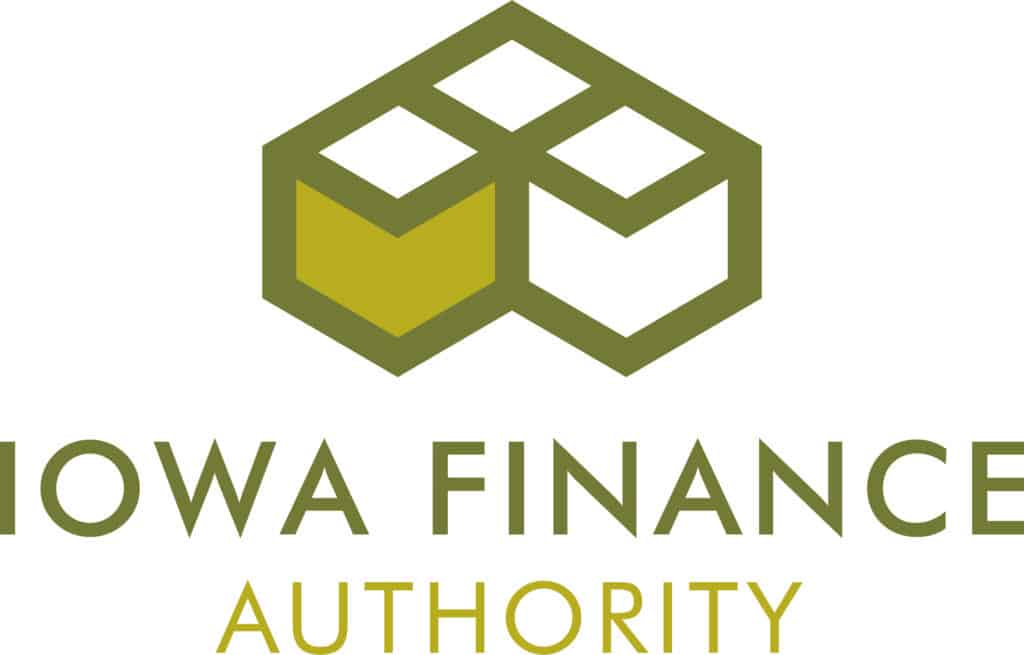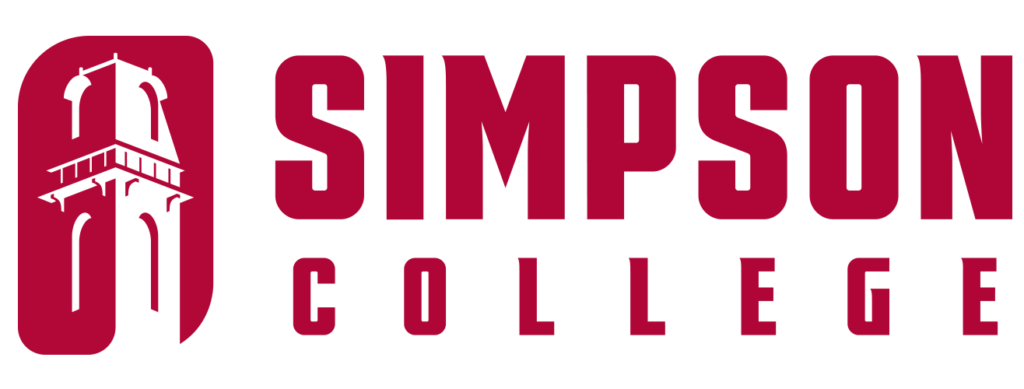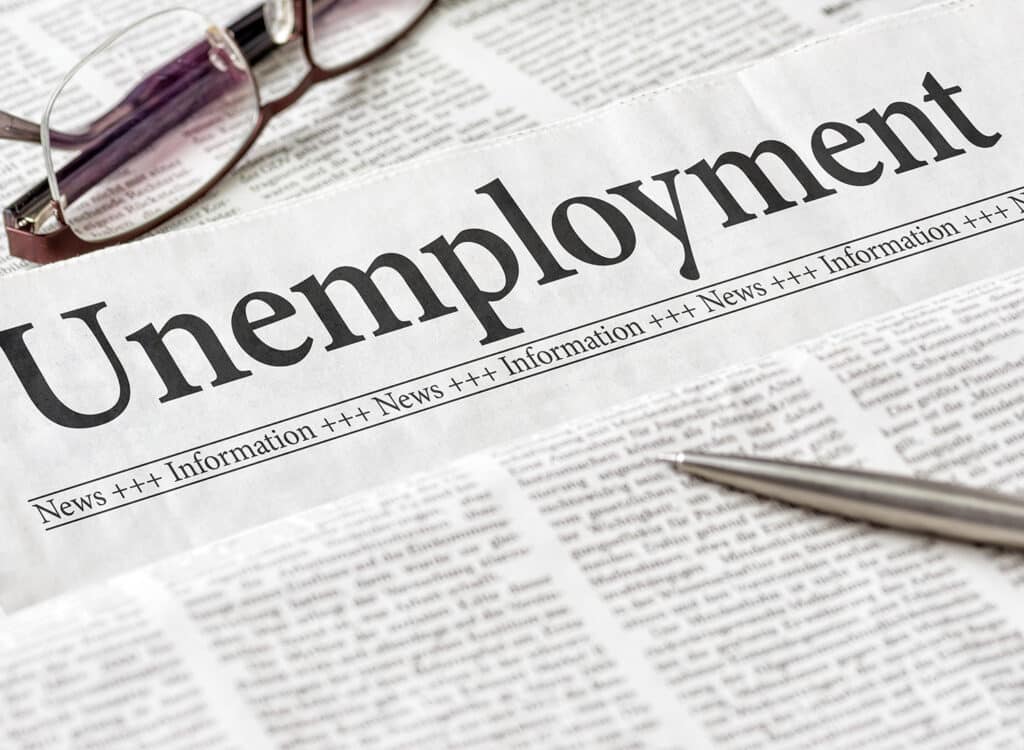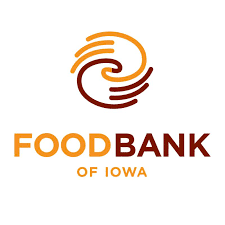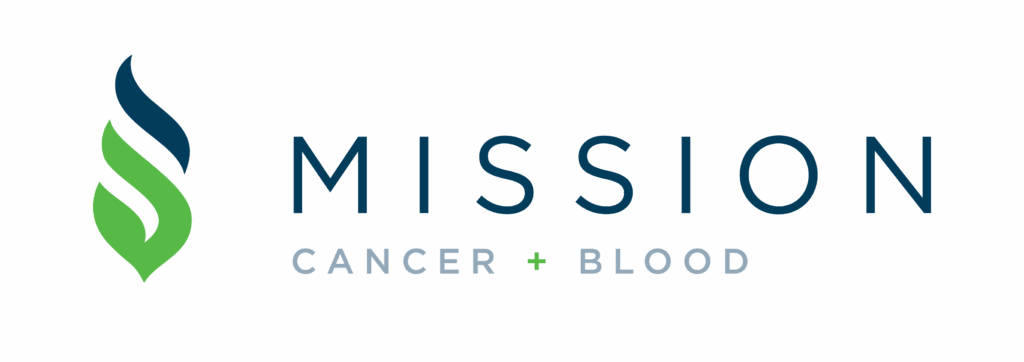Rural bankers watching crop prices closely

Business Record Staff Jul 21, 2025 | 2:53 pm
4 min read time
952 wordsAll Latest News, Economic Development
Interest rates, higher input costs and volatility from tariffs are putting downward pressure on farmland prices and rural bank leaders in the Midwest are closely watching how crop prices will pan out as an indicator of how the region will fare economically. That’s the conclusion of Creighton University economist Ernie Goss, who puts together the Rural Mainstreet Index each month.
The index is the result of a monthly survey of bank CEOs in rural areas of a 10-state region dependent on agriculture and/or energy. July’s reading was 50.6, down from June’s 51.9. The index ranges between 0 and 100, with a reading of 50.0 representing growth neutral. The index is above growth neutral for a second consecutive month, for the second time since July 2023.
In the survey of bank CEOs, bankers were asked to rank the greatest threats to farm income for the next year. More than three of four, or 76.1%, named low farm commodity prices as the top threat, while 19.9%, or almost one of five, identified tariffs as the top risk for the farm economy over the next 12 months. The remaining 4% assessed rising input costs as the greatest hazard over the next year.
Comments from bankers in July:
- “Until ag commodity prices move to above breakeven, especially for corn and soybeans, I will continue in my bearish outlook for our 100% ag-dependent local economy here in west central Illinois,” stated Jeff Bonnett, president of Havana National Bank in Havana, Ill.,
- “Crops (corn and soybeans) in our area look great, but we are badly in need of rain. A few ‘pop-up’ showers here and there, but no general rains since mid-June,” stated Jim Eckert, executive vice president and trust officer of Anchor State Bank in Anchor, Ill.
- “The impact of Minnesota’s new marijuana laws is just now starting to take shape. We expect strong job growth in our local area, which will lead to continued housing issues and daycare issues. But overall, a net positive for the local economy,” stated Brian Nicklason, CEO of Woodland Bank in Grand Rapids, Minn.
Tariffs: Bank CEOs were asked about the expected impact from President Donald Trump’s tariff actions. Approximately four of 10 expected higher tariffs to result in retaliation among trading partners, thus lowering farm income, Goss stated. The remaining six of 10 indicated that it was too early to assess potential impacts of the president’s tariff negotiations.
Regionally, each of the indicators within the July index performed negatively. Iowa’s farmland prices and exports improved.
Farming and ranch land prices: For the 14th time in the past 15 months, farmland prices slumped below growth neutral. The region’s farmland price increased slightly to a weak 47.9 from 40.9 in June.
“Elevated interest rates, higher input costs and volatility from tariffs have put downward pressure on farmland prices. On average, bankers expect farmland prices to fall by 2.9% over the next 12 months,” Ernie Goss, Jack A. MacAllister chair in regional economics at Creighton University’s Heider College of Business, stated in a press release.
According to trade data from the International Trade Association, regional exports of agriculture goods and livestock for the first five months of 2025, compared to the same 2024 period, fell from $5.3 billion in 2024 to $4.5 billion in 2025 for a decline of 14.8%. For the first five months of 2025, Mexico was the top destination for regional ag exports, accounting for 56.5% of total regional agriculture and livestock exports.
Farm equipment sales: The farm equipment sales index slumped to a very weak 16.7 from 22.7 in June.
“This is the 23rd straight month that the index has fallen below growth neutral. High input costs, tighter credit conditions, low farm commodity prices and market volatility from tariffs are having a negative impact on the purchases of farm equipment,” Goss stated.
Banking: The July loan volume index soared to a record high 87.5 from 73.1 in June. The checking deposit index increased to 45.8 from June’s 40.4. The index for certificates of deposits and other savings instruments rose to 56.3 from 50.2. Federal Reserve interest rate policies have boosted CD purchases above growth neutral for 32 straight months.
Hiring: The new hiring index for July sank to 50.0 from June’s 52.0. Job gains for non-farm employers have been positive but soft for the last several months.
Confidence: Rural bankers remain pessimistic about economic growth for their area over the next six months. The July confidence index declined to 36.0 from June’s frail 37.0.
“Weak grain prices and negative farm cash flows, combined with tariff retaliation concerns, pushed banker confidence lower,” Goss stated.
Home and retail sales: Home sales weakened to 48.0 from June’s 51.9. Regional retail sales, much like national retail sales for July, were still fragile at 47.8 from 44.2. Much like the nation, housing indices are falling and retail sales are slumping.
Iowa: July’s index for the state declined to 49.7 from 51.0 in June.
Iowa’s farmland price index for July increased to 46.3 from 39.3 in June. Iowa’s new hiring index for July dipped to 43.0 from 44.8 in June.
According to trade data from ITA, Iowa exports of agriculture goods and livestock for the first five months of 2025, compared to the same period in 2024, climbed by $89.5 million for an expansion of 12%. Mexico was the top destination for state exports, accounting for 74.5% of 2025 Iowa agriculture and livestock exports.
The index covers 10 regional states, focusing on about 200 rural communities with an average population of 1,300. The index provides the most current real-time analysis of the rural economy. Goss and the late Bill McQuillan, former cthairman of the Independent Community Banks of America, created the monthly economic survey and launched it in January 2006.




